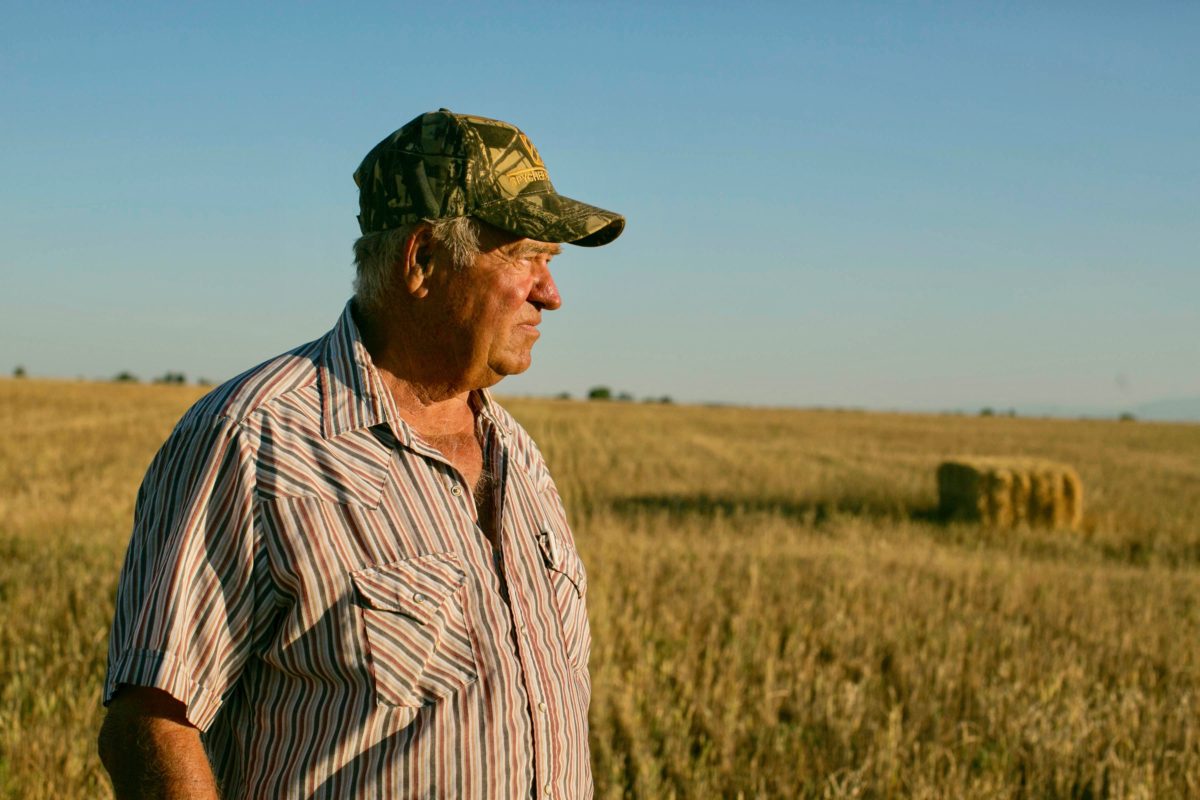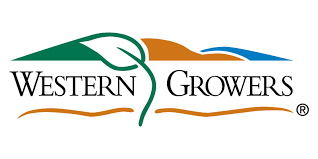UC Lindcove Research Center Gets New Director
El-kereamy named director of UC Lindcove REC
By Pam Kan-Rice, Assistant Director, News and Information Outreach
Ashraf El-kereamy will be the new director of UC Agriculture and Natural Resources’ Lindcove Research & Extension Center, starting on July 1, 2020. He will continue to serve as a UC Cooperative Extension specialist in the Department of Botany and Plant Sciences at UC Riverside and based at Lindcove Research & Extension Center.
“Elizabeth Grafton-Cardwell retires this year after 13 years as director of Lindcove REC, California’s premier citrus research center,” said Mark Lagrimini, UC ANR vice provost for research and extension. “We are excited to have Ashraf in place to carry on the tremendous success attributable to the research performed at Lindcove. Ashraf brings a breadth of research, extension and leadership skills.”
El-kereamy has extensive experience with several commodities with research revolving around plant hormones, fruit ripening, plant nutrition, and the responses of different plant species to abiotic stress conditions.
Since February 2019, El-kereamy has been serving as a UC Cooperative Extension citrus specialist based at Lindcove Research and Extension Center. Prior to the specialist position, El-kereamy was a UCCE viticulture and small fruit advisor for Kern County, where he established a research and extension program serving the San Joaquin Valley table grape industry for four years. Prior to joining UC ANR, he was an assistant/associate professor in the Department of Horticulture at Ain Shams University in Egypt.
“I am honored and very excited to be the director of Lindcove Research and Extension Center, which plays a crucial role in the California citrus industry,” El-kereamy said. “I am confident that, with the support of our industry, community and the University of California, we will build tomorrow’s Lindcove REC as a center of excellence in research and extension. I am looking forward to leading Lindcove REC and providing our clientele with up-to-date technologies to cope with the challenges facing the California agriculture industry.”
El-kereamy earned a bachelor’s degree in horticulture and master’s degree in pomology from Ain Shams University in Cairo, Egypt, and a doctorate in agriculture with an emphasis in grapevine physiology and molecular biology from Toulouse University in France.











